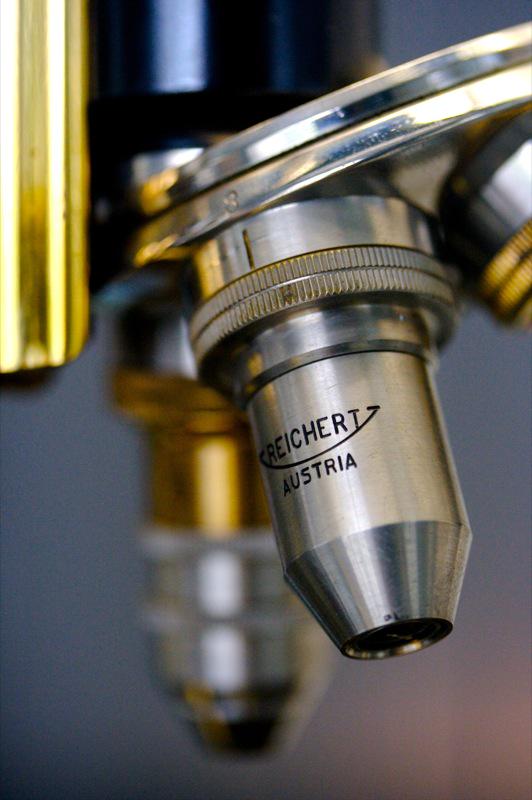Scientists are beginning to realise that sunlight is a valuable form of energy production in more than one way. A new breakthrough called rectenna technology has allowed scientists to convert sunlight straight into direct current electricity.
Researchers at Georgia Tech are claiming that this technology will be the next to revolutionise the renewable energy industry. While other forms of renewable energy like solar and wind require a multiple step process to produce energy, the rectenna technology is able to convert a renewable resource, the sun, directly into electricity in one step.
Furthermore the process also does not require any cooling process, as well as having the potential to generate electricity from excess and waste heat.
The device designed by Georgia Tech researchers is made of tiny carbon nanotubes and rectifiers which capture all types of light, not necessarily sunlight.
The nanotubes and rectifiers work together to switch on and off inside the device at record high speeds, then creating tiny electrical impulses. Naturally, a stronger electrical current can be created by multiplying the rectifiers.
Baratunde Cola from the School of Mechanical Engineering at Georgia Tech says that, using this technology, solar cell efficiency will be “twice as efficient at a cost that is ten times lower, and that is to me an opportunity to change the world in a very big way”.
How does it work?
The team at Georgia Tech developed the rectifying antenna by growing a vertical array of carbon nanotubes on silicone subtrate through a process of chemical vapour desposition.
The nanontubes are then individually coated with an alluminium oxide insulator and anode. The metal component allows the nanotube to assume the role of both light harvester and light tunnel to direct light into the device.
This process then exites electrons within the nanotube as the light is absorbed and then converted to direct current electricity.
An Old Technology Makes a Comeback
Actually invented in the 1960s, rectenna technology is not in fact a new development in the energy industry. Combination technology has been researched for its applications to energy harvesting for the past 40 years, however a breakthrough in finding ways to make the devices physically small enough inhibited advancements.
Despite the technology taking many years to perfect, scientists are very positive as to the potential of rectenna technology for the future of energy usage the world over.
Photo credit of Matthew Hine



